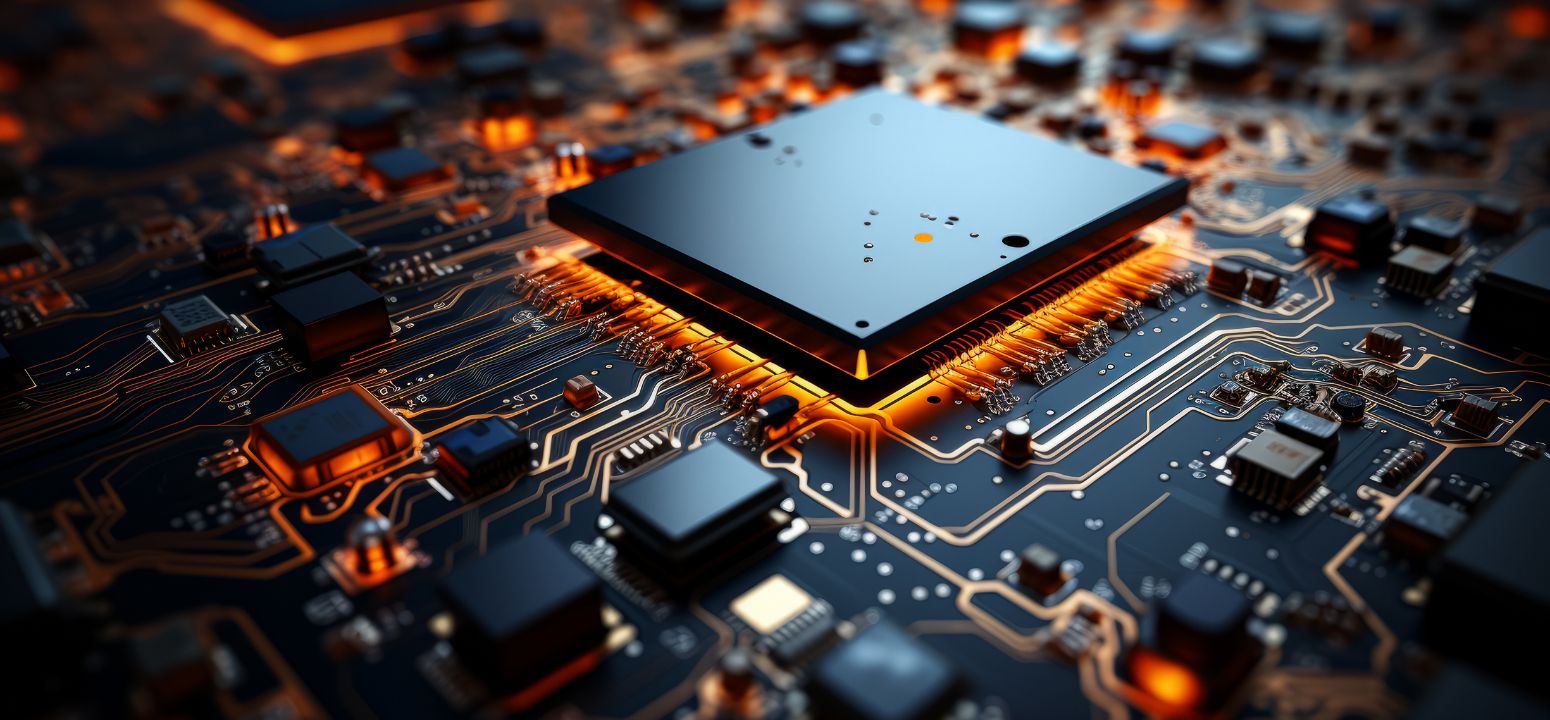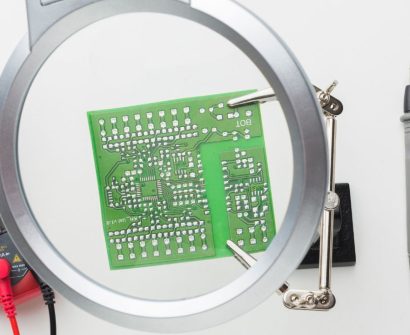
Semiconductors play a critical role in modern technology, powering everything from smartphones to high-speed computers. Their unique properties make them essential in the creation of electronic devices, enabling technological advancements across industries. In this blog, we’ll explore what semiconductors are, their importance, and the different types that drive today’s electronics.
What is a Semiconductor?
A semiconductor is a material with electrical conductivity between that of a conductor (like copper) and an insulator (like glass). This unique property allows semiconductors to control electrical currents, making them ideal for creating electronic components such as diodes, transistors, and integrated circuits (ICs).
The most commonly used semiconductor materials include silicon (Si) and gallium arsenide (GaAs), with silicon being the most widespread due to its abundance and cost-effectiveness.
Key Properties of Semiconductors
- Variable Conductivity: The conductivity of semiconductors can be altered by introducing impurities (doping) or by external factors like temperature and electric fields.
- Energy Band Structure: Semiconductors have a small energy gap between the valence band and conduction band, allowing electrons to move between these bands when sufficient energy is applied.
- Response to Light and Heat: Semiconductors can generate electrical currents when exposed to light or heat, which is why they’re commonly used in devices like solar cells and thermistors.
Types of Semiconductors
Semiconductors are primarily classified into two categories based on their purity and the types of impurities introduced:
1. Intrinsic Semiconductors
Intrinsic semiconductors are pure forms of semiconductor materials, free from any impurities. Silicon and germanium are common examples. These materials naturally possess a small number of charge carriers (electrons and holes), which allow them to conduct electricity, but their conductivity is quite low.
Key Characteristics of Intrinsic Semiconductors:
- Pure material with no external doping.
- Low conductivity at room temperature.
- Conductivity increases with rising temperature, as more electrons gain energy to jump from the valence band to the conduction band.
2. Extrinsic Semiconductors
Extrinsic semiconductors are created by adding impurities, a process known as doping, to increase their conductivity. Depending on the type of doping, extrinsic semiconductors are further classified into two types: N-type and P-type semiconductors.
- N-type Semiconductors:
These are doped with elements that have extra electrons (e.g., phosphorus in silicon). The added electrons increase the conductivity as they serve as charge carriers.Key Characteristics of N-type Semiconductors:- Extra electrons contribute to electrical conduction.
- Negatively charged carriers dominate the conduction process.
- P-type Semiconductors:
P-type semiconductors are doped with elements that have fewer electrons (e.g., boron in silicon). This creates “holes” (absence of electrons) in the structure, which act as positive charge carriers.Key Characteristics of P-type Semiconductors:- Conductivity arises from the movement of holes.
- Positively charged carriers dominate the conduction process.
Applications of Semiconductors
Semiconductors are the building blocks of modern electronic devices. Here are some of the key applications:
- Transistors: Semiconductors enable the creation of transistors, which are used in amplification and switching applications.
- Diodes: Semiconductors like silicon are used to make diodes, which allow current to flow in one direction.
- Integrated Circuits (ICs): Semiconductors power ICs, which are the foundation of computers and smartphones.
- Solar Cells: Silicon semiconductors are widely used in photovoltaic cells to convert sunlight into electricity.
- Sensors and Detectors: Temperature, light, and pressure sensors often rely on semiconductor materials due to their sensitivity to external stimuli.
Why are Semiconductors Important?
Semiconductors are the backbone of the electronics industry. Their ability to control electrical current makes them indispensable for the development of various electronic components and systems. Additionally, advancements in semiconductor technology have led to the creation of smaller, faster, and more efficient devices, driving the growth of industries such as telecommunications, healthcare, and consumer electronics.
Conclusion
Understanding the different types of semiconductors is crucial for anyone involved in electronics or technology development. From intrinsic semiconductors, which serve as the foundation of basic electronic theory, to extrinsic semiconductors that enable advanced device functionality, these materials continue to shape the future of technology.
By mastering semiconductor technology, you can tap into a world of innovation and growth, contributing to everything from cutting-edge devices to energy-efficient solutions.







